Integration of Big Data Analytics
The algorithm trading market is increasingly integrating big data analytics into trading strategies, allowing for more informed decision-making. The ability to analyze vast amounts of unstructured data, such as social media sentiment and news articles, is becoming a crucial component of algorithmic trading. As of 2025, firms utilizing big data analytics are expected to outperform their competitors by approximately 15% in terms of trading efficiency. This integration enables traders to identify patterns and trends that may not be apparent through traditional analysis methods. Consequently, the algorithm trading market is likely to evolve as firms invest in advanced analytics capabilities to enhance their trading algorithms. This trend suggests a growing emphasis on data-driven strategies, which could redefine competitive advantages in the market.
Emergence of Retail Algorithmic Trading
The algorithm trading market is experiencing a notable shift with the emergence of retail algorithmic trading, as individual investors increasingly adopt algorithm-based strategies. This trend is facilitated by the availability of user-friendly trading platforms and educational resources that empower retail traders to implement sophisticated algorithms. As of 2025, it is estimated that retail traders account for approximately 30% of the total trading volume in the US, a significant increase from previous years. This democratization of algorithmic trading is reshaping the market dynamics, as retail participants leverage technology to compete with institutional investors. The algorithm trading market is likely to see continued growth in this segment, as more individuals seek to enhance their trading performance through automation. This shift may also lead to increased competition and innovation within the market.
Regulatory Compliance and Risk Mitigation
The algorithm trading market is increasingly influenced by the need for regulatory compliance and risk mitigation strategies. As regulatory bodies impose stricter guidelines on trading practices, firms are compelled to adapt their algorithms to ensure compliance. This trend is particularly evident in the wake of heightened scrutiny on market manipulation and trading practices. As of 2025, it is anticipated that compliance-related expenditures in the algorithm trading market will exceed $1 billion, reflecting the importance of adhering to regulatory standards. Firms are investing in technology and processes to monitor and manage risks associated with algorithmic trading, thereby enhancing their operational resilience. This focus on compliance and risk management is likely to shape the future of the algorithm trading market, as firms strive to balance innovation with regulatory requirements.
Increased Demand for High-Frequency Trading
The algorithm trading market is witnessing a surge in demand for high-frequency trading (HFT) strategies, which utilize advanced algorithms to execute trades at extremely high speeds. This demand is driven by the need for market participants to capitalize on minute price discrepancies that exist for only fractions of a second. As of 2025, HFT accounts for approximately 50% of all equity trading volume in the US, underscoring its significance within the algorithm trading market. The ability to process large volumes of transactions quickly and efficiently is becoming increasingly critical, as traders seek to gain a competitive edge. Moreover, the proliferation of low-latency trading infrastructure is further fueling this trend, allowing firms to implement HFT strategies more effectively. This growing reliance on HFT is likely to shape the future landscape of the algorithm trading market.
Technological Advancements in Trading Algorithms
The algorithm trading market is experiencing rapid technological advancements, which are reshaping trading strategies and execution methods. Innovations in machine learning and artificial intelligence are enabling traders to analyze vast datasets with unprecedented speed and accuracy. As of 2025, the market is projected to reach a valuation of approximately $12 billion, reflecting a compound annual growth rate (CAGR) of around 10% over the next five years. These advancements allow for more sophisticated trading algorithms that can adapt to market conditions in real-time, enhancing profitability and reducing risks. Furthermore, the integration of cloud computing is facilitating the deployment of these algorithms, making them accessible to a broader range of market participants. This trend indicates a shift towards more automated and efficient trading practices, which is likely to drive growth in the algorithm trading market.


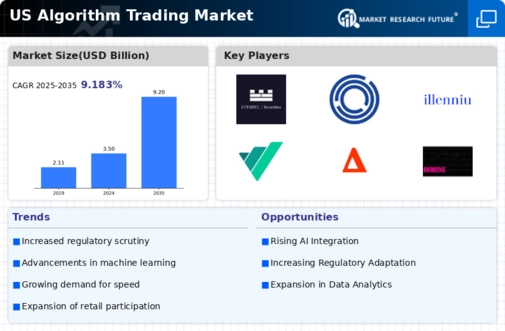
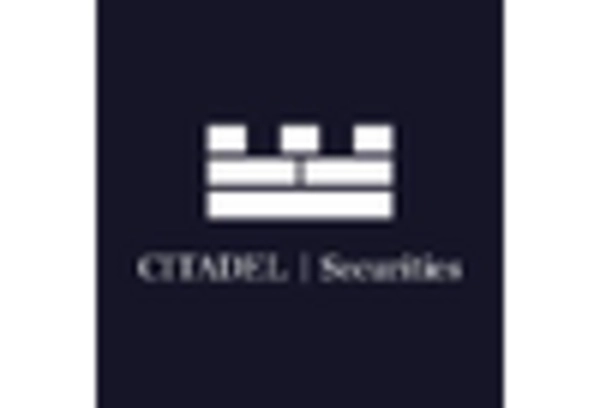
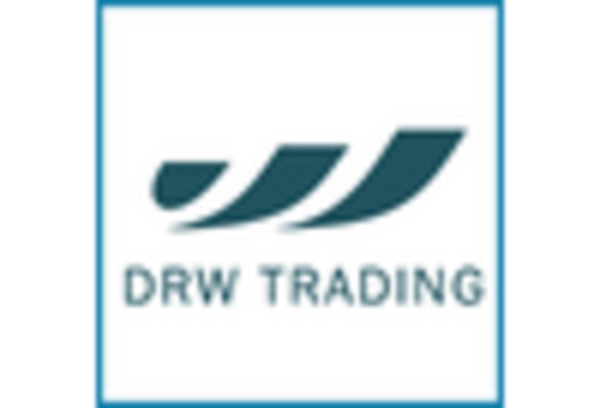
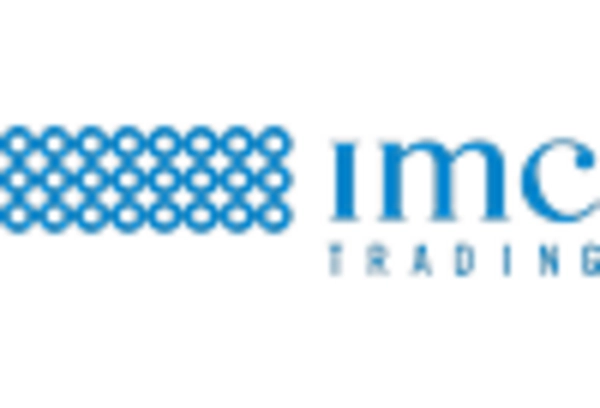


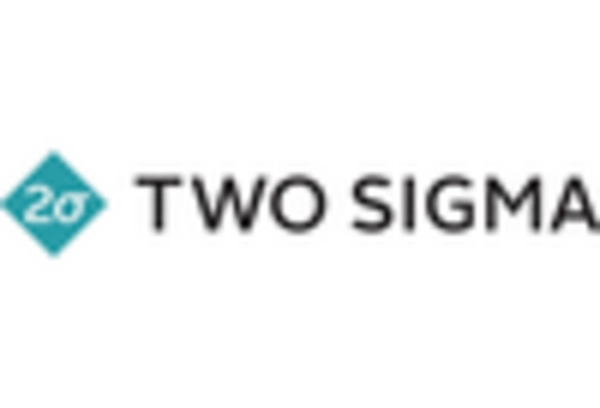








Leave a Comment